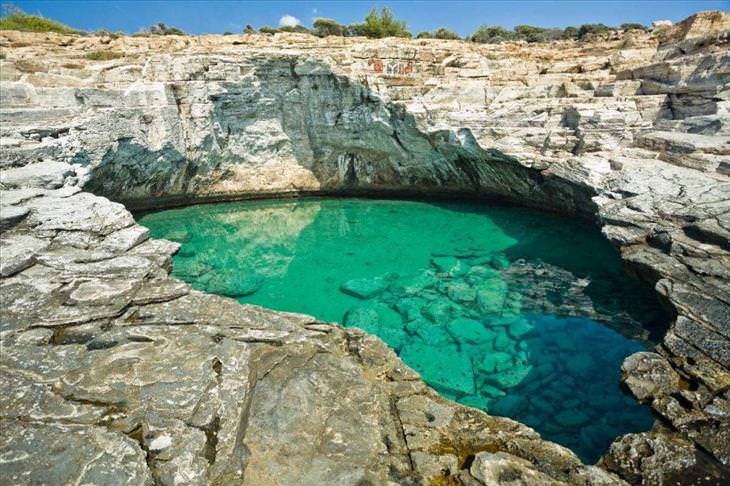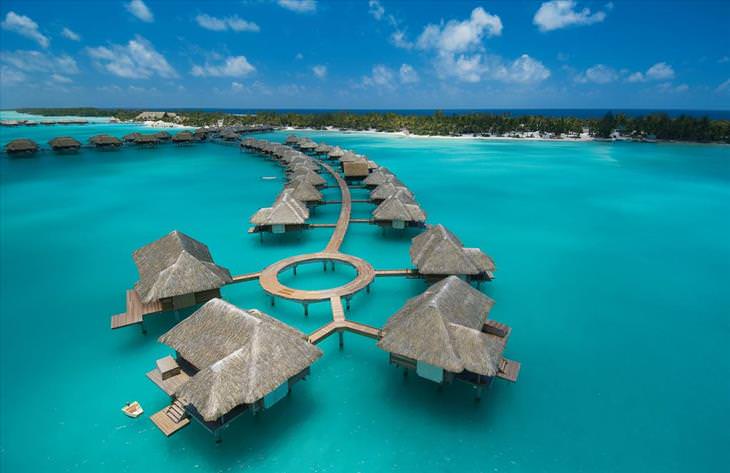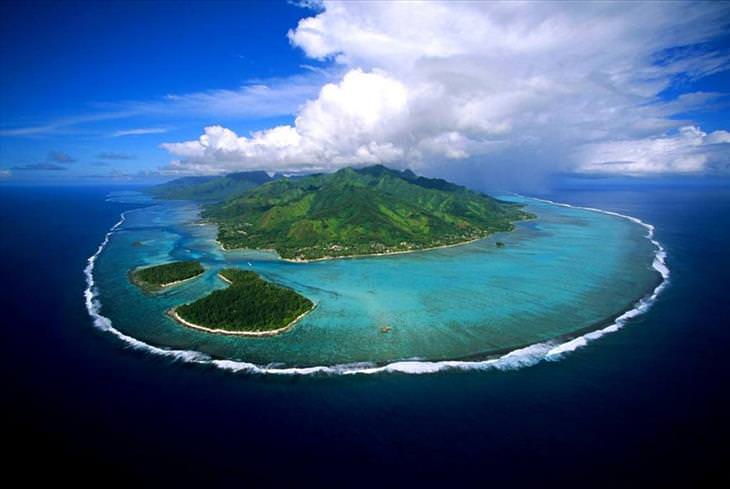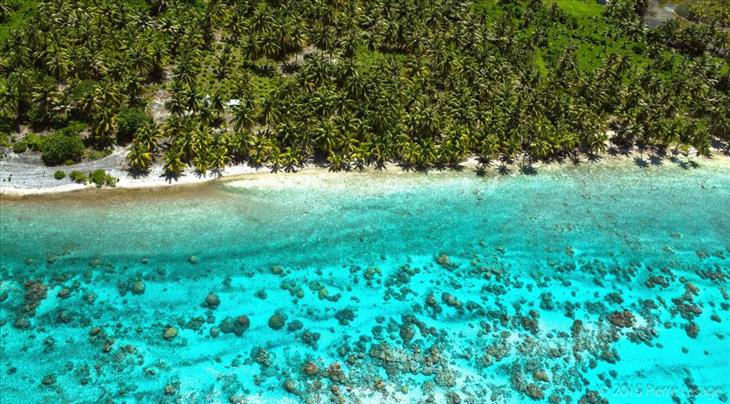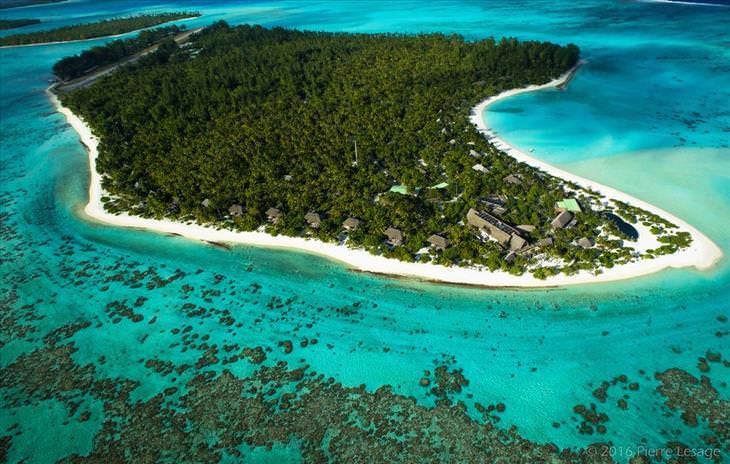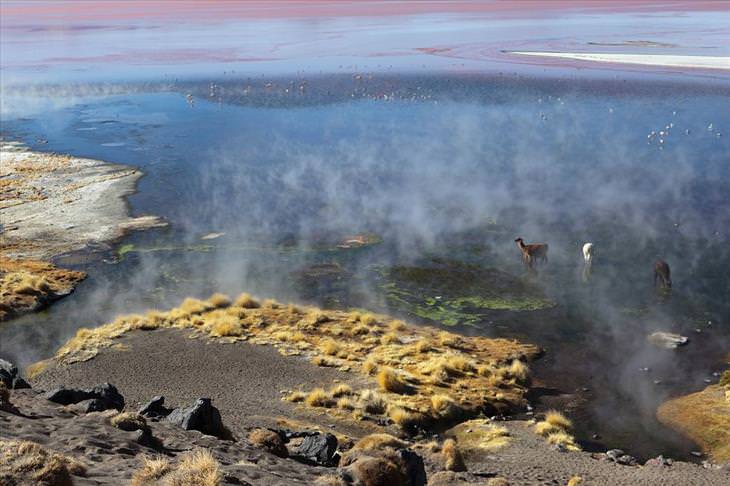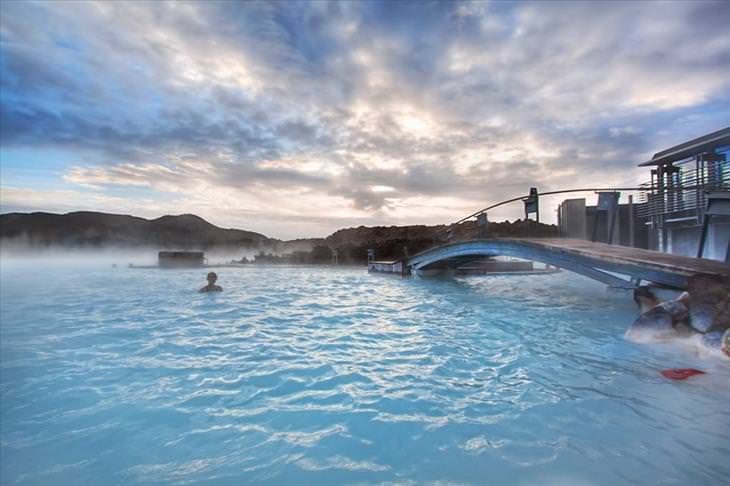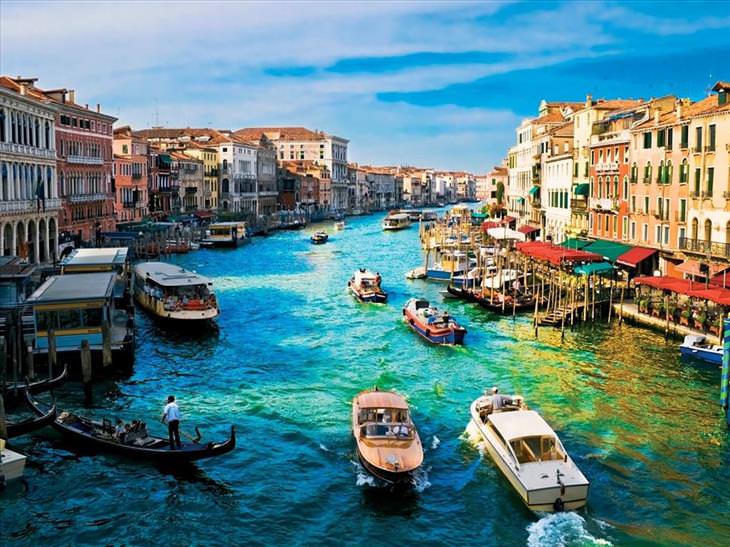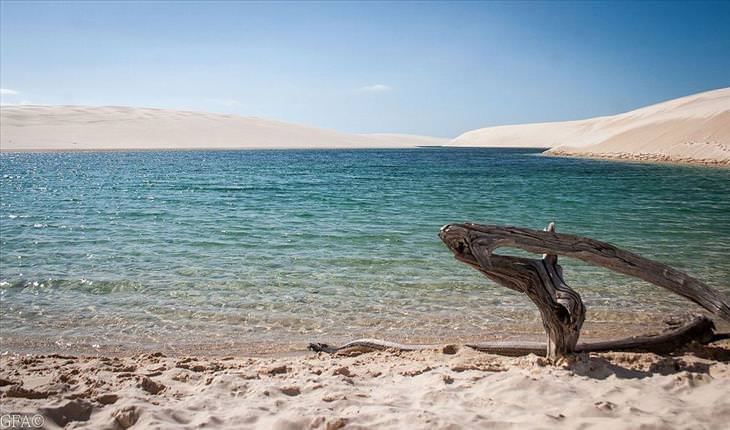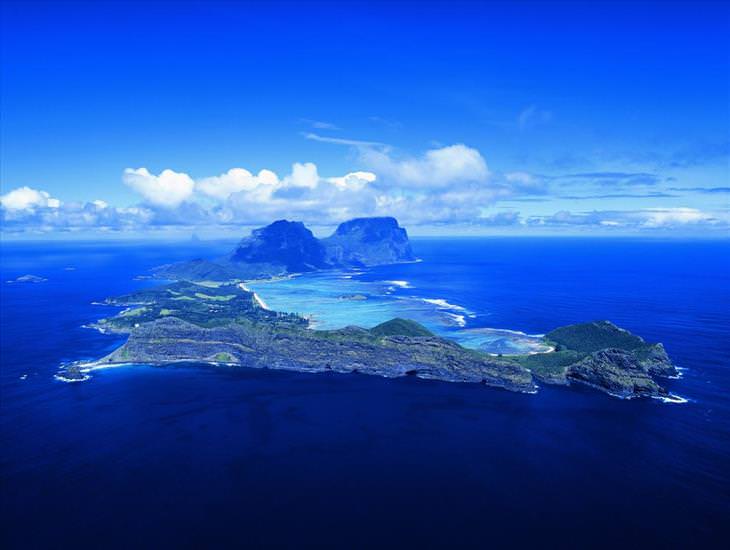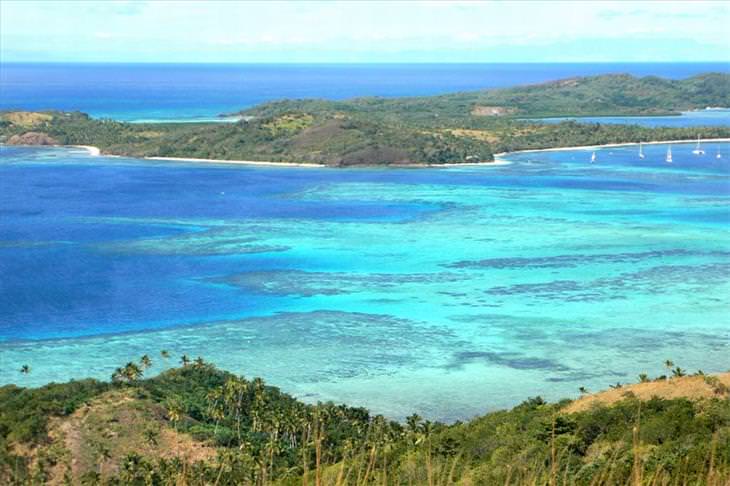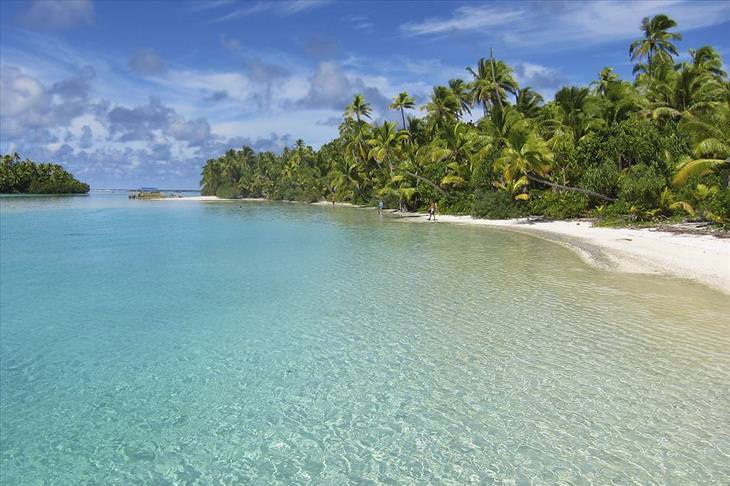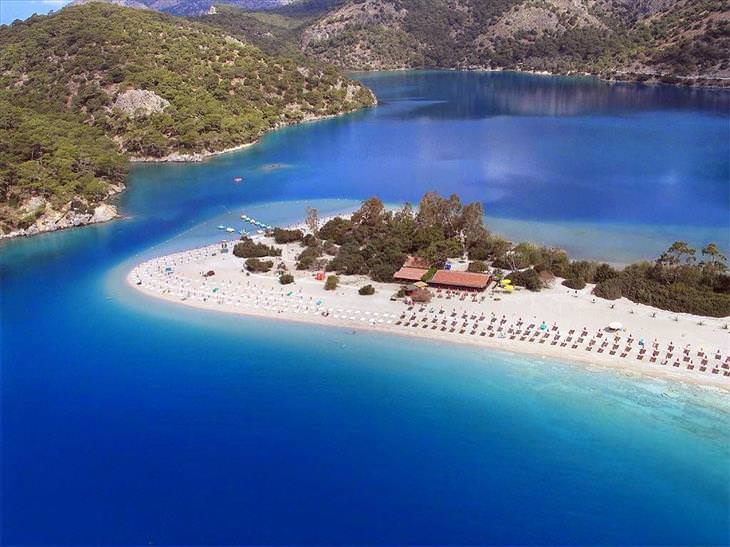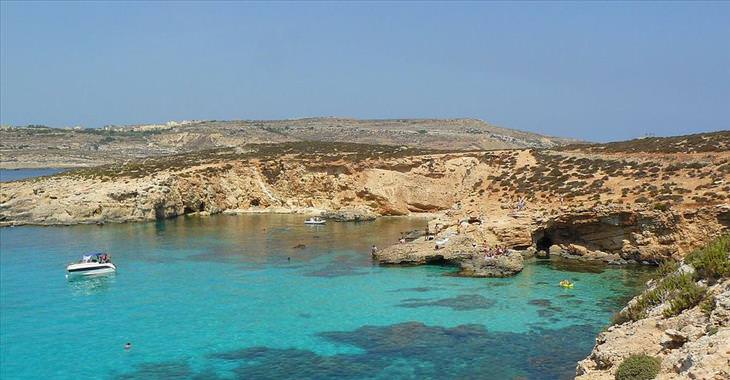
A coastal lagoon is usually when the barrier that separates the lagoon from the sea is formed and strengthened due to the movements of sand through the sea currents.
So, In the year 1697 an Englishman, William Dampier wrote of a ‘Lagune or Lake of Salt water’ in Mexico. Was he thinking of this spectacular place, Puerto Balandra? Perhaps not.
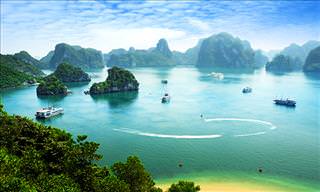
These Are Simply the Most Stunning Bays in the Whole World
There are many spectacular bays around the world, but these are just the most beautiful of all. So here's the top 10, in all its glory. Enjoy!

South Korea Has More to Offer You Than You Ever Imagined
South Korea is truly an amazing vacation destination, as you're about to see. Here are the top must-visit attractions in South Korea.
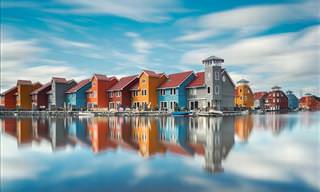
These Photos Bring to Life the Most Beautiful Reflections
These photographs are really spectacular. The conditions were exactly right for the photographers to capture these images. Enjoy the stillness here.
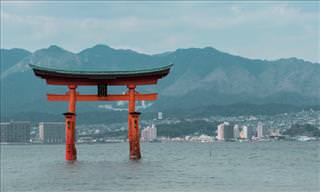
Japan Only Starts to Show Itself When You Leave Its Cities
When this photographer decided to get a view of Japan from off the beaten track, she took some truly stunning photographs. Take a look for yourself.
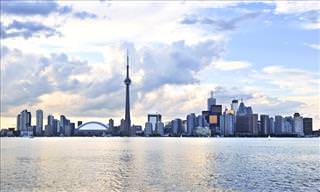
This Vast North American Country Is Well Worth a Visit
Have you ever considered Canada for a vacation? You certainly might want to after you see all the stunning destinations it can offer you.

Marina Serra - the Natural Swimming Pool of Italy
The locals call it "una piscina naturale" - a natural swimming pool. It offers shallow waters and is hidden from the tides by natural stone walls.
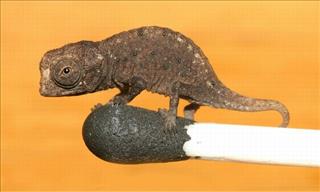
20 Animals We’ve Just Discovered in the Past Decade
Of all the animals discovered during the 2010's, these 20 are the coolest, starting with a tiny chameleon and ending with a really creepy wasp
 3:29
3:29
Watch This Adorable Pika Steal Food from Its Neighbors
This thief of a pika found an interesting way to find food.
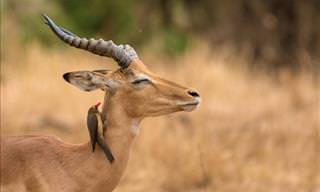
15 Magical Animal Moments That’ll Make You Smile All Day!
Animals sometimes take on the role of "models" and provide photographers with the opportunity to capture wonderful moments of magic that simply warm our hearts.
 3:07
3:07
This Video Proves That a Dog REALLY Is Man's Best Friend!
A highly trained medical dog will instantly react to changes in its owner's behavior. Here's how they are trained at home.
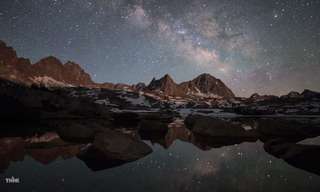 10:01
10:01
A Nature Time-Lapse Video that Left My Mouth Agape!
An amazing video made form thousands of still photographs taken throughout North America
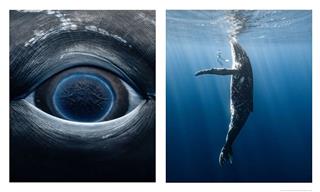
15 Views of Marine Life That Feel Almost Otherworldly
Marvel at the astonishing underwater photos of American photographer Rachel Moore.
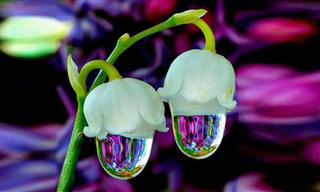 19:36
19:36
15 Unusual Flowers Across the Globe
Did you know that there are flowers that attract prey or those that look like insects? Learning about these unique flowers is a mind-boggling experience

These Comedy Wildlife Photos Are Hilarious
Check out 20 of the best entries from 2018's edition of the Comedy Wildlife Photography Awards.

What Did These Breeds Look Like a Century Ago?
Certain breeds of dogs have changed a lot over the last century. Check out some of their evolutionary changes here.

The Fascinating Origins of 11 Lovely Flower Names
There is no better time than spring to dive headfirst into the fascinating world of flower name etymologies! Here are the origins of the names of 11 lovely flowers.
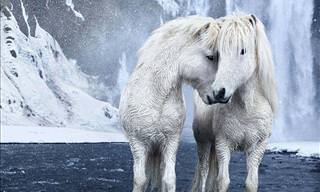
These Are the Best Photos of Horses That You'll Ever See!
Iceland is a place that is full of beauty...even the horses are absolutely majestic. Take a look!
 8:51
8:51
Scottish Highlands Wildcats Are SUCH Fascinating Animals!
The Scottish wildcat is the rarest cat in the world and a symbol of the Scottish Highlands. Learn all about these ferocious hunters in this video.
 6:34
6:34
Have You Ever Seen a More Beautiful Garden Than This?
Kayoichou Park is situated in Kasuya Town on the edge of Fukuoka City on the island of Kyushu, Japan. Take a look at the stunning rose garden there.
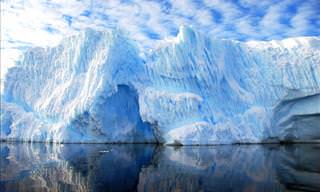
The Icy Reaches of Antarctica Are Breathtakingly Beautiful
Antarctica is a continent completely covered in a thick layer of ice. It is harsh, cold, and majestic.
 7:47
7:47
Does Your Cat Really Miss You?
It's a centuries-old question: does your cat actually like you or are they just tolerating you in exchange for food?

15 of the Weirdest Creatures from Around the World
Our world is inhabited by some truly bizarre and rare animals you have probably never seen before. Take a look at few such creatures.
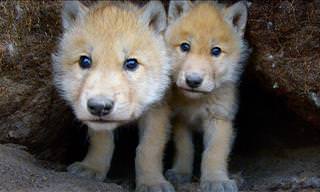 4:16
4:16
Up Close and Personal with Some Adorable Wolf Cubs
Scottish film maker Gordon Buchanan gets up close and personal with some adorable wolf cubs. These cubs will brighten your day.
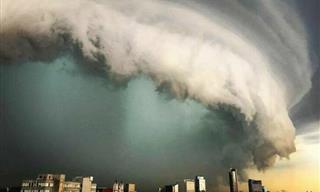
When Nature Strikes, You Can't Hide: 16 Captivating Photos
These 16 photos reveal nature’s fierce side.
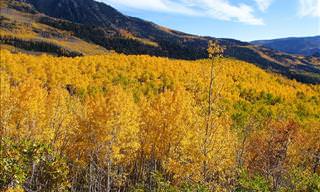
This Creature Is 40 Times Heavier Than a Blue Whale
What’s the world’s largest organism? Pando, a grove of quaking aspens in Fishlake National Forest in Utah is actually a single ancient tree.
 4:34
4:34
Why Is This Japanese Island Full of Rabbits?
The Japanese island of Okunoshima is inhabited almost exclusively by rabbits, but why?

Who Knew Insects Were This Beautiful? You'll Be Surprised!
Who knew insects could be this beautiful? Take a look at these stunning photos.
 44:25
44:25
These Animal Friend Stories Will Heal Any Heart...
Watch this full-length episode of unusual animal friendships to make sure you are smiling ear to ear.
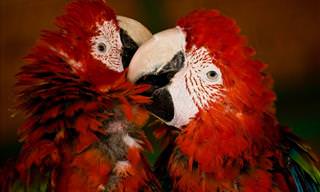
When Animals Love, We Get Wonderful Moments Like These
18 gorgeous moments of animals showing affection and love to each other in wonderful photography by Goran Anastasovski, see how they kiss, hug and show love.
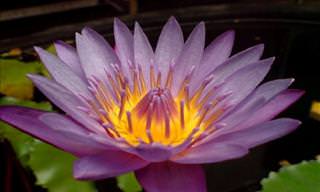
Stunning Flowers and Inspiring Quotes to Brighten Your Day
Take a moment to enjoy the colorful beauty of astonishing flowers and the inspiring words of those who love them.
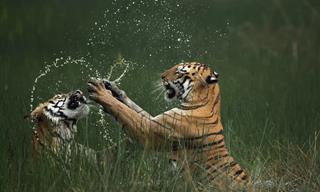
Award-Winning Nature Photos That Left Us Amazed (15 Pics)
Check out the awe-inspiring winners of the 2024 Nature’s Best International Photography Awards.
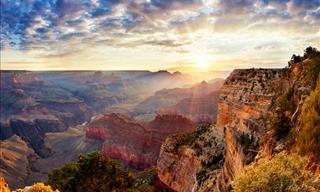
Think You know the Grand Canyon? Check Out These 12 Facts
It’s one of the natural wonders of the world, and for good reason. Take a look at these 12 facts about the Grand Canyon you might have missed.
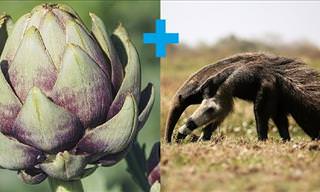
Pangolin: If an Anteater and an Artichoke Had a Child
Pangolins are unique creatures that look like a mix between an anteater and an artichoke

10 of the SMARTEST Animals on the Planet
You won't believe how clever these 10 animals are, some of them can even outperform humans on some tasks! See for yourself, as we have the videos to prove it!
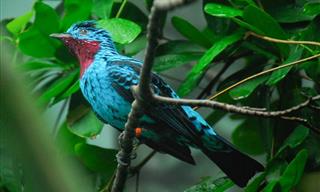
These Colorful Birds are Among the Most Vibrant!
These birds are so bright and beautiful that it's actually hard to believe they're real. Take a look at these 19 kaleidoscopic bird species for yourself.
 6:55
6:55
Cute Cheetah Cubs Take Their First Try at Hunting!
These young cheetahs take their first leap towards adulthood by trying to hunt down a speedy rabbit.
 9:09
9:09
15 Bizarre Looking Insects and How to Behave Around Them
This video will introduce you to 15 of the most strange-looking bugs in nature, alongside some tips on how to behave around them to stay safe.
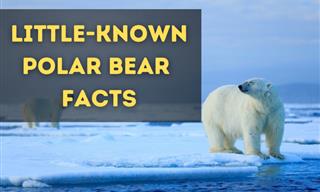
Polar Bears: 10 Amazing Facts About the King of the Ice
Here's a look at some little-known and unique facts about the amazing polar bear.
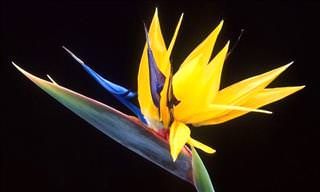
Seeing These Pretty Flowers Will Put a Smile on Your Face
These flowers as so pretty it hurts. Just viewing them will put a smile on your face and brighten up the rest of your day.
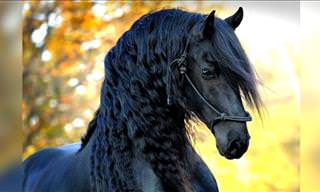 12:28
12:28
These Horses Are Absolutely Gorgeous!
These eight beautiful horse breeds will canter their way straight into your heart.
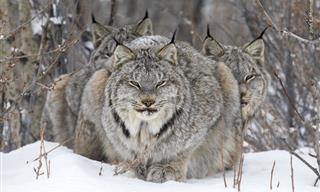
Gallery: Wildlife Photographer of the Year 2024 Winners
Check out the outstanding images from the Wildlife Photographer of the Year 2024.
 13:49
13:49
This Man Saved the Tiniest Bird You've Ever Seen
This video is heart melting. Such a good guy this man is, saving the tiniest birds you've ever seen. See the tiny eggs transform into tiny creatures of fluff and feather.
 11:31
11:31
The Unwritten Rules Cats Expect You to Follow
Learn the subtle ways cats communicate, what really earns their trust, and how to create a home they feel secure in.
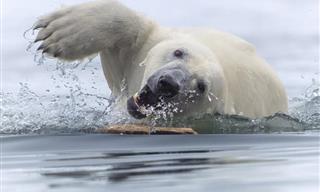
2025 Nature Photography Awards: 17 Stunning Winners
The 2025 World Nature Photography Awards winners will leave you speechless.
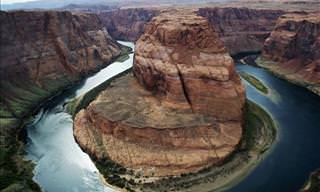
The Best of Nature in the U.S. is Depicted in these Photos
These 16 places are not just “pretty”, they’re true natural works of art.
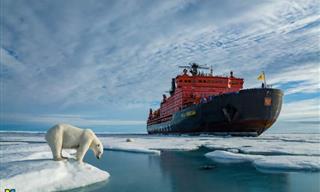
Nature’s Beauty & Drama Captured in 14 Award-Winning Pics
Check out the outstanding winning images from the 2024 HIPA awards.

Looked at from Up-Close, This Species is Truly Intriguing!
This talented photographer has focused on a creature most of us would never think of photographing in this way.
To enable your Ad-Free Subscription, please fill the fields below
Your subscription was successful, now you can enjoy an ad-free experience!! Note: To make sure you get no ads, please make sure to log in to your account. If you are logged in already, then refresh the page. The subscription can be cancelled at any time.



